Fascist Aesthetics and the Heroic – Sontag, Riefenstahl and Propaganda
Some materials to think through in relation to questions of Nazi and Fascist aesthetics, and the influences of German art and politics between WWI and WWII. Reflections on Nazi film propagandist Leni Riefenstahl, Susan Sontag’s critique of her in Fascinating Fascism (1975) and Boris Groys reflections in The Hero Body: Adolf Hitler’s Art Theory on the body in relation to politics, domination, control and visuality. Does BDSM carry a latent fascist sexuality? All this and more!
“What is interesting about art under National Socialism are those features which make it a special variant of totalitarian art. The official art of countries like the Soviet Union and China aims to expound and reinforce a utopian morality. Fascist art displays a utopian aesthetics—that of physical perfection. Painters and sculptors under the Nazis often depicted the nude, but they were forbidden to show any bodily imperfections. Their nudes look like pictures in physique magazines: pinups which are both sanctimoniously asexual and (in a technical sense) pornographic, for they have the perfection of a fantasy.” – Susan Sontag, Fascinating Fascism
Leni Riefenstahl was a Nazi collaborator and filmmaker, who is best known for her films Olympia and Triumph of the Will. Much later in her life, we gained additional notoriety for her The Last of the Nuba, a photography collection of Nuba tribespeople, naked and often with martial contests or other sexual overtones.
Triumph of the Will (Triumph des Willens)
Perhaps Riefenstahl’s best know film, valorizing the 1934 Nazi Party Congress in Nuremberg. Seen below is a scene from the famous Congress Hall.
—
Watch Triumph of the Will (especially 1:00:00-1:05:00 and 1:35:00-1:46:00)
—
The SS Regalia book is another example mentioned by Sontag. Pictured above are the one she references, as well as an earlier version of the same book cover. But how did Triumph influence later films, both in terms of aesthetics and in terms of its propagandistic value? Here might be a few examples, discussed by others. First, the more clear and intentional propaganda.
Official Gov’t Propaganda
Why We Fight – US propaganda films (jump to 8:00)
—
Know Your Enemies – US propaganda films (jump to 3:30)
—
The Visual Aesthetics of Propaganda
North Korean propaganda (see more)
—
Russian propaganda
—
Chinese Propaganda (2009)
—
—
Popular Culture
Another place we should look for these signs, if Sontag or Groys are right, is popular culture. But as Scribblings of the Metropolitician warns, just because it “looks” fascist, does that make it is?
“My point is that mere accusations of utilizing the aesthetics of fascism, or the fact of utilizing them, do not in themselves constitute fascist art itself. If this were the case, Starship Troopers, Gladiator, and even Lord of the Rings – umm, especially that one – would all be guilty of being “fascist” art, regardless of the purpose behind the work. It’s about ideology used in the service of real goals, those of the state. In the “fascist” art that one sees in Nazi Germany, Communist China, or even in North Korea, there is a clear ideological imperative to sacrifice the needs of the individual for those of the corporate body; written into the aesthetic of the imagery is the desire to make that sacrifice – it is beauty defined, like the shining face of an Aryan warrior, the forward march of youthful maidens, or the proud, beaming stare off into the horizon of a strong and sturdy farmer.” (some examples)
Star Wars
Starship Troopers
—
Star Wars: The Empire Strikes Back
—
The Galactic Empire – Star Wars Propaganda Film
And yet another take on the Star Wars – Nazi overlays here.
—
Iron Sky
—
300
Hell Boy
“My obsession with Kroenen lately forced me to make a fanvid of him. So, here you have a fanvid of this cool villian who kills with such precision and kick-ass moves!! Besides the fact that he’s also CUUUUUTE and so bloody SEXXEH!!”
The Last of the Nuba (Die Nuba)
A 1973 illustrated book published by Leni Riefenstahl documenting life as she wanted it to be presented among the Nuba peoples of Sudan. Subtle undercurrents of the Nazi and Fascist aesthetic are clearly visible in the sexual and militaristic overtones, as discussed by Sontag in Fascinating Fascism. The following are some images from that collection. The Nuba, for Riefenstahl, were wild and passionate, their ritual combat (knife bouts and love dances), and their visual insignias, signified a raw and primitive people that, although not Aryan, still embodied some of the martial valorization of the Third Reich.
“It had been a time of almost unbearable difficulties and physical strain. Without the urge deeply rooted in me to chase after the unusual and beautiful those pictures would have never been made.” –Leni Riefenstahl on photographic the Nuba (1975)
How does pain and suffering get turned into an act of sacrificial offering, in this case extremely gendered–scarification serves to literally mark the female Nuba body as submissive, and therefore desirable, for the male Nuba warrior. The words below this tattoo image are from Riefenstahl herself on her website.
Additionally, thinking along with Susan Sontag, there is a clear continuity in the aesthetic program by Riefenstahl from Triumph of the Will to the Last of the Nuba.
—
—
—
—
Moe Moe Nazi Primer 萌え萌えナチス読本 [単行本(ソフトカバー)]

—
—
The folks over at Boinkology ask an interesting question here, which I think argues against the point which Sontag makes, and which I tend to disagree (I disagree with Sontag, and more with the Boink folks on this point)–namely, does having a Nazi fetish make you a Fascist? At least, there is not a 1-1 causality. It’s more like an issue of correlation, rather than causation. But that’s a reflection for another time…
As discussed over at Scribblings of the Metropolitician, these themes have a long and sordid history, but also link with other parts of the world, as already noted with North and South Korea. For even more on North Korean propaganda and the heroification of Kim Jong-il, check this out. For even more examples from around the world, and the link between propaganda and art, check out Varsity Online’s article The Artists Manifesto and China Smack. For some more interesting discussion on this question of Fascism and aesthetics, check out the Journal of Contemporary History, which did a special feature on this question in Vol. 31, No. 2, The Aesthetics of Fascism (Apr., 1996). In particular, the article Fascist Aesthetics and Society: Some Considerations (Read Here) by George Mosse is worth reading.
Until next time…
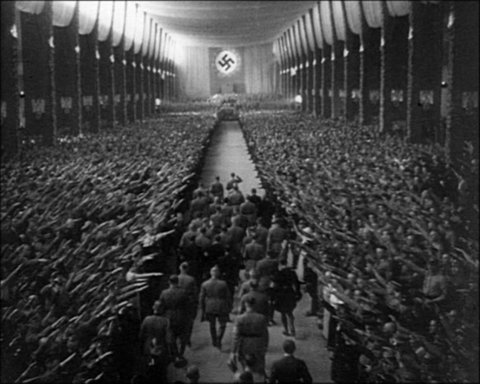
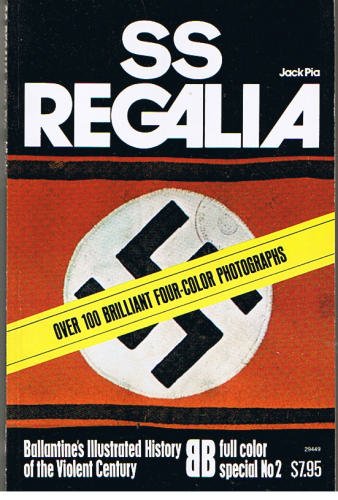


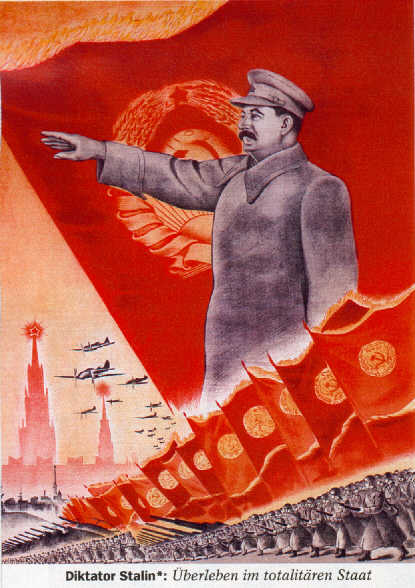

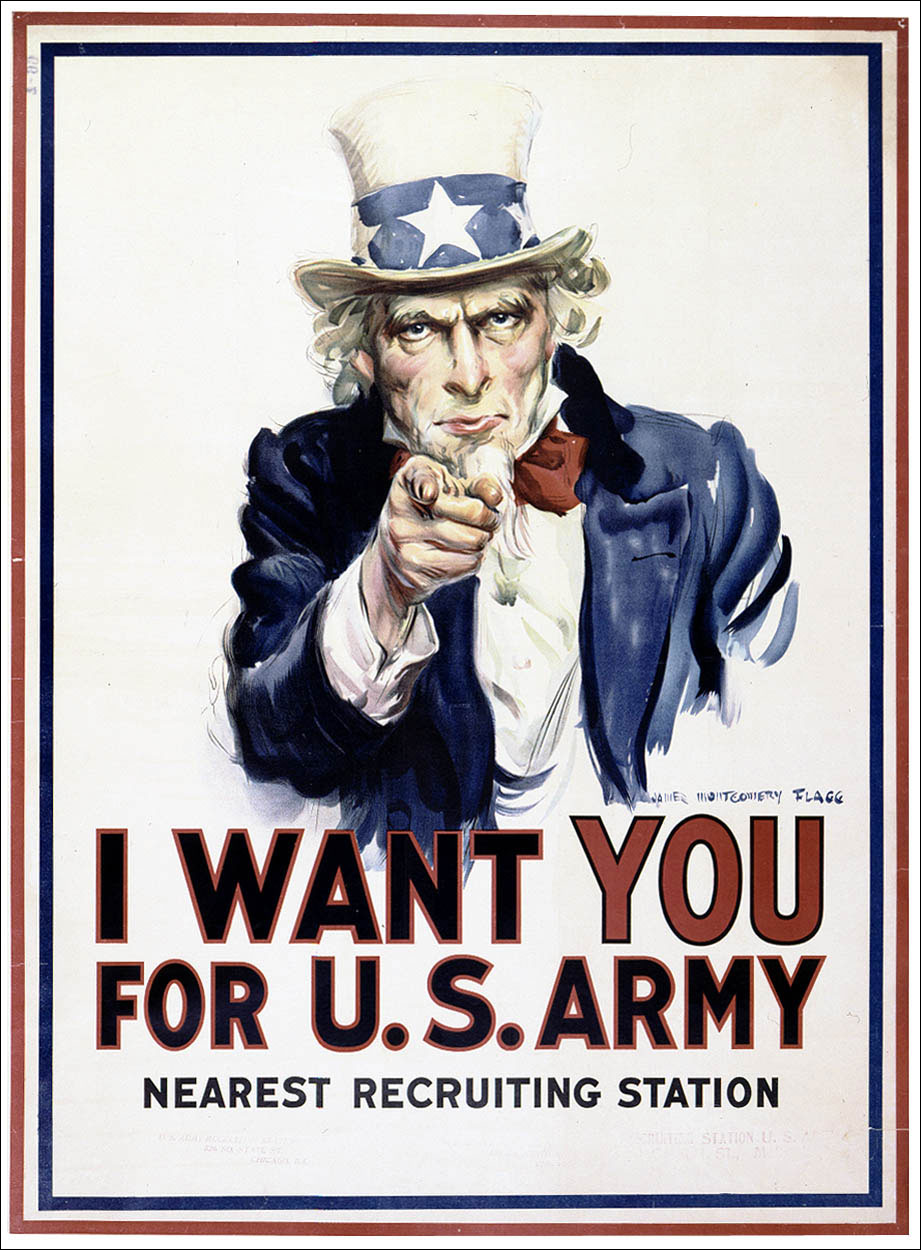



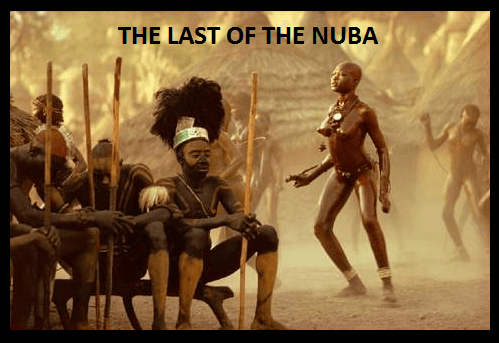
 Leni Riefenstahl – The Nuba
Leni Riefenstahl – The Nuba



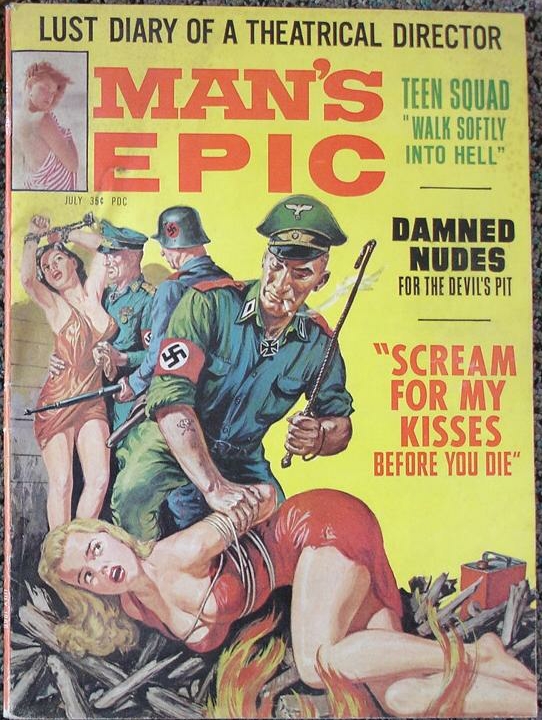




Olympia has its faults. But the staging doesn’t bother me, since there is very little on film which is pure documentary, ie not staged to some degree, even to the extent that when people know they are being filmed, they act’. But it is both the technical excellence and again, as I wrote, Riefenstahl’s invention of the grammar of filming sport in Olympia, coupled with her encompassing scope that make this a great documentary. The first half hour alone is worth the entry fee the film is close to four hours, incidentally. Riefenstahl sketches a mythical/legendary past, as an introduction to the torch run (created for Berlin ’36, by the way, and to be discontinued after the demos against the Beijing run). Tokyo Olympiad, in contrast is anecdotal, it concentrates on half a dozen competitors. I love the Abebe marathon sequence, the slow-motion footage and close-up of his impassive face tell you all you need to know about an athlete in the zone.Both great films, not just great Olympic films.
Interesting post. What is always scary is that the USA’s Pledge of Allegiance was the origin of the Nazi salute and Nazi behavior (see the work of the historian Dr. Rex Curry). Francis Bellamy and Edward Bellamy were American national socialists and they influenced German national socialists, their dogma, rituals and symbols (including the use of the swastika to represent crossed S-letters for “socialism” under the National Socialist German Workers Party). The Bellamys touted what they called “military socialism” because they were fascinated by the military and wanted the military system imposed on all of society. The Pledge of Allegiance was part of that plan.
While you raise some interesting points Tiffany, I’m afraid Rex Curry is not a serious or reliable historian, and his claims, which you re-present, are not correct, historically or factually. The American pledge was written in 1892 by Francis Bellamy, before there was something called National Socialism in Germany, which only emerged after the creation of the Deutsche Arbeiterpartei in 1919. It was not until the 1920’s when Italian fascists began using a salute, a revival of the Roman salute–which Curry also wrongly claims is a myth–which then led the Nazis to adopt it. At that point the Americans began to worry about potential comparisons between the two, and moved to change the salute to the cross-heart. The swastika has a long tradition going back at least to the Neolithic, and there is no serious academic documentation that would validate the claim that the swastika is supposed to be two crossed “s”‘s for socialism, unless you want to claim socialism originated in the Neolithic period of history.
Just wanted to make sure I set the record straight, as I see that “Dr. Curry” has a whole cadre of devotees peddling this myth over the internet.
As you said, the American pledge was written in 1892 by Francis Bellamy, before there was something called National Socialism in Germany, in 1919. That is correct, for 3 decades the USA was robotically chanting to the flag in unison every day with the nazi salute. Similarly your point does not dispute the Pledge as predating and being the source for 3 decades for all of Europe including Italy. You simply imply that German socialists borrowed it from Italy, without disputing the USA as the source. You repeat the claim that it was an ancient Roman salute yet do not explain why you say that. Only some Americans began to worry about potential comparisons between the two gestures, other Americans knew that Americans “did it first” and did not want to change, even after some Congressional politician became involved. All of American did not immediately drop their nazi gesture. When you say that the swastika has a long tradition going back at least to the Neolithic times you are repeating Dr. Curry’s work, and then you seem to completely miss the point that just because swastikas existed before German socialists does not mean that German socialists did not use it to represent crossed S-letters for their socialism, a point that you do not actually dispute, unless you want to claim the Neolithic period extended into the 1920s and controlled all of society and symbology, preventing any other use of the swastika. Modern socialists make an absurd argument that for 25 years no one in the National Socialist German Workers’ Party ever noticed the swastika’s “S” shapes nor attached any meaning (nor anyone in Hitler’s SS Division), nor anyone in regard to the symbols of the SA, the NSV, et cetera nor even the VW Volkswagen emblem (showing the V & W letters joined, or two V letters crossed, for “Volkswagen”). You have shown why Dr. Curry has a whole cadre of devotees peddling the facts over the internet.
The swastika was used to represent crossed “S” letters for “socialism” under the National Socialist German Workers Party. The Pledge of Allegiance was the origin of the Nazi salute and Nazi behavior (see the work of the historian Dr. Rex Curry). The gesture was not an ancient Roman salute, and the American socialist Bellamy was the source of the gesture adopted later by Italian socialists and German socialists. Bellamy did not support “equality,” in that he was a bigot and wanted the government schools (socialist schools) to force everyone to be the same (and that is what the pledge is about).
Sorry Daniel, or whoever you are trolling as, but I’m not interested in wasting time with more of Ellis Rexwood Curry IV’s–who is not a doctor, by the way–kooky ideas, nor providing a platform to spread his socialist paranoias. This is the end of the conversation.